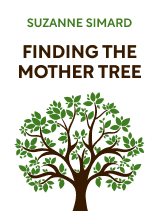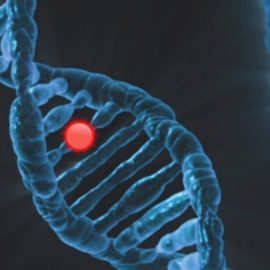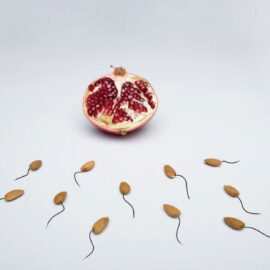

This article is an excerpt from the Shortform book guide to "Finding the Mother Tree" by Suzanne Simard. Shortform has the world's best summaries and analyses of books you should be reading.
Like this article? Sign up for a free trial here.
What did Suzanne Simard’s forest research find? Why is it important to research forests?
In her book Finding the Mother Tree, Suzanne Simard explains how she had a hunch that trees in a forest don’t grow in a monoculture (a single species growing alone). This prompted Simard’s thought that the forests might be more cooperative than competitive.
Check out the results of Simard’s forest research.
Simard’s Forest Service Research
When Simard left the logging industry and took her first job with the Forest Service, her supervisor was supportive of her ideas and assigned her to conduct forest research on what was called the “free-to-grow” policy. This policy was based on the premise that clear-cutting tracts of forest was the best way to ensure that the growth of cultivated trees would be unimpeded by competitor species.
In experiments with different tree species, Simard killed “competitor” trees with glyphosate (aka Roundup), a chemical that can target some plants while leaving others unharmed. In all her experiments, she found that killing off the “competition” had no benefit for the “free-to-grow” species. And in most cases, it was detrimental. Her findings consistently suggested that tree species growing together aid one another.
Alder Contribute to Pine Growth
To examine the competition theory, Simard’s first forest research experiment involved eliminating alder trees that were presumed to compete for water and nutrients with cultivated pine trees. Her job was to compare how pines grew in clear-cut plots versus in plots mixed with alder. While the pines in the clear-cut area did better initially, Simard found they didn’t thrive alone long term, for three reasons:
- The alder helped distribute water to the birch.
- The alder provided nitrogen and other nutrients to the birch.
- The alder helped protect the birch from damage by foragers and weather.
Birch Contribute to Fir Health
The next experiment Simard conducted with the Forest Service involved a project to eliminate birch trees, which were perceived as competitors of the more valued Douglas fir trees. Again, Simard set out to show that there was likely some cooperation involved between the species. Her experiment results showed cooperation in two forms:
- Birch facilitate the growth of a helpful bacteria that kill a fungal disease, which helps fir resist this disease.
- Birch contribute valuable carbon to fir.
The Tree-Fungus Symbiosis
Simard’s experiment results up to this point had made it clear that trees were sharing resources with one another, but she was left wondering exactly how it happens. Her next task in her forest research was to investigate the mechanism used to move nutrients between trees, and she suspected it had something to do with the fungus that she had observed on the trees’ roots. This question would lead Simard on a decades-long quest to understand the underground fungal/root networks in forests.
Simard discusses those networks’ two functions, nutrient sharing and information sharing, and how she discovered that they work. Her key findings discussed here include:
- There’s a complex symbiotic relationship between all the trees in a forest and the mycorrhizal fungi that colonize the trees’ roots.
- The fungi transfer resources between the trees while absorbing some for themselves.
- These fungi act as mechanisms for transfer of both nutrients and information.
(Shortform note: In addition to the transfer of nutrients between trees, scientists say fungi are crucial in the fight against climate change because they absorb carbon from the trees and transfer it to the soil. This reduces the amount of carbon in the atmosphere, decreasing the greenhouse gas effect. It’s estimated that around 5 billion tons of carbon flow through mycorrhizal fungi every year.)

———End of Preview———
Like what you just read? Read the rest of the world's best book summary and analysis of Suzanne Simard's "Finding the Mother Tree" at Shortform.
Here's what you'll find in our full Finding the Mother Tree summary:
- A look at Suzanne Simard's research on the relationships among trees
- What a Mother Tree is, and how it takes care of its community
- How trees communicate in an interconnected, underground network






